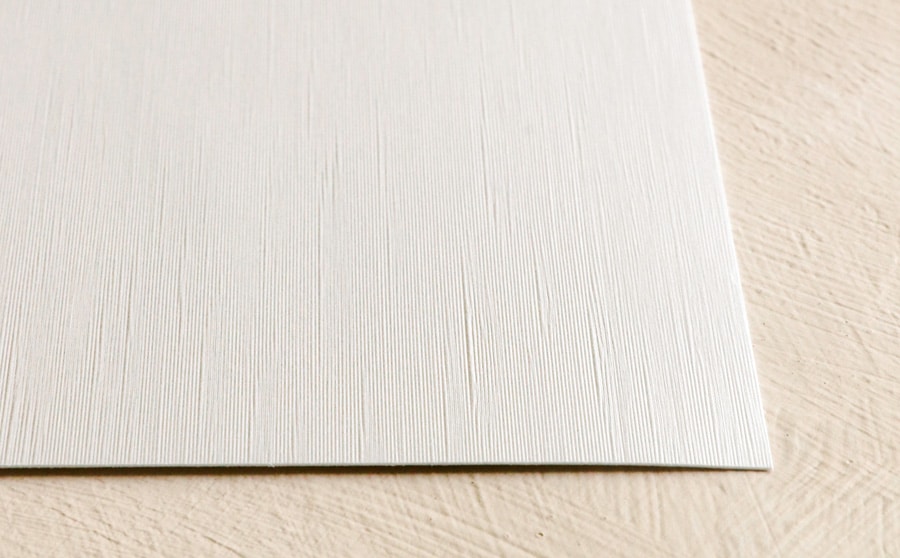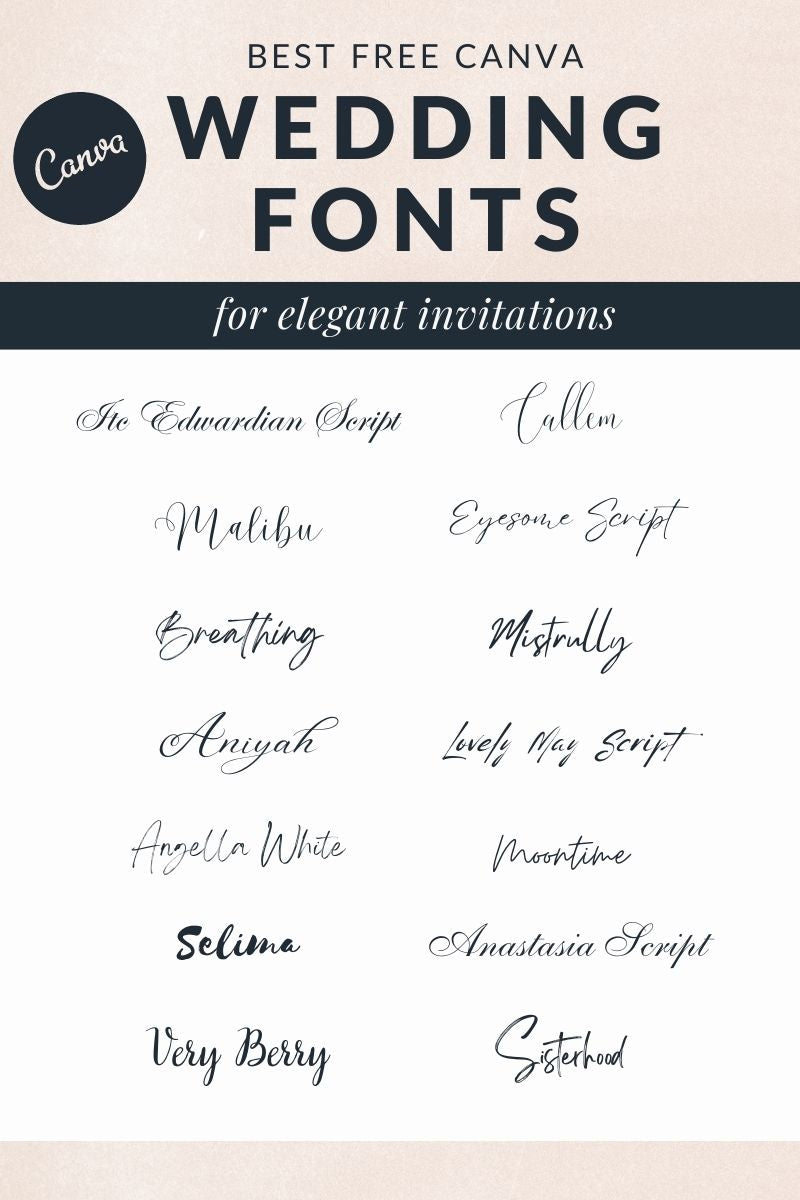Designing your wedding invitations is an important step in celebrating your love story. Start by reflecting the overall style of your wedding, whether it’s rustic or modern, using matching colors and fonts to convey the right vibe. Colors like red evoke passion while blues bring serenity, so choose wisely! The type of paper can elevate your invites; consider natural options for a calming feel or pearl to add elegance. Also, remember about size—standard isn’t always best! Ensure your text is easy to read and proofread multiple times before sending them off. With some creativity and thoughtfulness, you’re on the way to stunning invites that set the perfect tone for your special day.
1. Describe the Style of the Wedding
:max_bytes(150000):strip_icc()/recirc-wedding-theme-ideas-nautical-jenna-greenawalt-dade0fa53bfa4104bb6e5b281e530a60.jpg) Credits: brides.com
Credits: brides.com
Your wedding invitation should mirror the style and theme of your big day. Start by identifying whether your wedding is rustic, elegant, vintage, or modern. For instance, if you’re planning a rustic barn wedding, consider using earthy tones and natural textures in your invitation design. You might incorporate burlap, twine, or wood elements to create a warm and inviting look. On the other hand, if your wedding is set in a luxurious ballroom, opt for sophisticated fonts and a sleek layout with gold or silver accents. The colors, patterns, and fonts you choose should reflect the overall ambiance you want to create, helping guests get a sense of the formality and vibe of your event. Think about how you can weave in details that echo your wedding’s decor or personal story, such as a floral motif that matches your bouquet or a color that’s prominent in your wedding palette.
2. Selecting the Colors
Colors play a crucial role in wedding invitations as they evoke emotions and set the overall mood. When selecting a color palette, consider the theme of your wedding. For instance, if you’re planning an outdoor garden wedding, soft pastels like blush pinks and greens can create a romantic feel. Alternatively, a winter wedding might call for deep reds and rich golds, reflecting warmth and elegance.
It’s also important to think about how these colors will integrate with your wedding decor. If you’re using navy blue and silver in your table settings, incorporating these colors into your invites will create a cohesive look. You might also want to consider seasonal colors; for example, vibrant oranges and browns work beautifully for an autumn wedding.
Another approach is to limit your palette to two or three primary colors and use shades or tints of those colors for variety. This can keep your invites looking polished and well-coordinated. Additionally, consider the psychological impact of colors. Blue could instill calmness, while yellow might add cheerfulness. Your color choices can subtly convey the emotions you want your guests to feel about your celebration.
| Color | Interpretation |
|---|---|
| Black and Grey | Formal and sophisticated |
| White | Innocence and purity |
| Red | Love and passion |
| Blue | Serenity and calmness |
| Green | Nature and tranquility |
3. Types of Paper Stock
 Credits: pipkinpapercompany.com
Credits: pipkinpapercompany.com
The paper you choose for your invites can significantly influence their appearance and feel. Some popular paper options include:
– Natural Paper: Offers a serene, calming effect with a light cream hue, perfect for a simple and elegant look.
– French Kraft Paper: Ideal for rustic or vintage themes, this brown paper adds an organic touch that resonates with nature.
– Pearl Metallic: Adds a touch of elegance with its shimmer and luxurious finish, making it suitable for formal weddings.
– Velvet: Provides a soft touch reminiscent of rose petals, creating a romantic feel that can enhance a luxurious invitation.
When selecting paper, consider the weight and thickness as well. Heavier cardstock feels more substantial and is often perceived as more premium. Additionally, the finish—whether matte, glossy, or textured—can also affect the overall aesthetic. For instance, a matte finish might lend a more understated elegance, while a glossy finish can make colors pop. Choose a paper type that complements your wedding style and enhances the overall design.
4. Best Sizes and Shapes
Choosing the right size and shape for your wedding invitations can significantly impact their overall appeal. While the traditional size of 5 x 7 inches is a popular choice, think about how different dimensions can set your invite apart. For example, a square invitation measuring 6 x 6 inches can create a modern and stylish look, while a slim format of 4.25 x 9 inches can evoke a sense of elegance.
Beyond size, the shape of your invitation can also play a crucial role in your design. Consider rounded corners for a softer feel or even custom shapes like hearts or flowers that align with your wedding theme. Just be sure that whatever size or shape you choose allows ample room for all the necessary details, such as names, date, time, and venue, without feeling cramped. Ultimately, your choice should reflect your personality and the tone of your wedding.
5. Ensure Legibility
 Credits: motionstamp.com
Credits: motionstamp.com
Legibility is crucial when designing your wedding invitation. While it’s tempting to choose fancy or unique fonts, clarity should always come first. Opt for simple, clean fonts for the main text, ensuring guests can easily read the essential details like the date, time, and venue. For added flair, you can use a more decorative font for headings or names, but make sure it complements the primary font without overwhelming it. A good rule of thumb is to keep the font size large enough to read comfortably, typically around 10-12 points for body text. Additionally, pay attention to color contrast; dark text on a light background or vice versa will enhance readability. For example, using a dark navy font on a soft cream background can create an elegant yet readable invite.
6. Proofreading Before Mailing
Before you send out your wedding invitations, it’s crucial to proofread them thoroughly. This step might seem simple, but it can save you from potential embarrassment or confusion on your big day. Carefully check for any spelling mistakes, especially in the names of venues, dates, and the names of guests. It’s a good idea to enlist the help of a friend or family member to review them as well; a fresh pair of eyes can catch errors you might have overlooked. For example, if you accidentally write ‘Saturday, June 5th’ instead of ‘Saturday, June 6th’, it could lead to guests arriving on the wrong day. Also, ensure that all the essential details, like the RSVP information, are clear and accurate. Taking the time to proofread will ensure that your invitations convey the right message and reflect the care you put into planning your wedding.
7. When to Mail Invitations
Typically, you should send out your wedding invitations six to eight weeks before your big day. This timeframe allows guests to save the date and make any necessary arrangements. If you’re planning a destination wedding, it’s wise to mail invitations a bit earlier—around two to three months in advance. This extra time helps guests book travel and accommodations, ensuring they can join you in celebrating your special occasion. For example, if your wedding is on June 15th, consider sending out invites by late April or early May. Keeping this timeline in mind can help ensure that everyone you want to be there can plan ahead.
8. Ask for Help
Planning a wedding can be overwhelming, and designing invitations is just one of many tasks on your list. Don’t hesitate to ask for help. A professional designer can bring your vision to life and ensure your invites look polished and cohesive. If hiring a designer is out of budget, consider enlisting a creative friend or family member who’s skilled in graphic design. They can offer valuable insights and assistance with layout, fonts, and color schemes. You might also find that collaborating with someone else brings fresh ideas to the table that you hadn’t considered. Remember, this is a joyful occasion, and sharing tasks can make the process more enjoyable.
9. Current Trends to Consider
As we move into 2024, there are several exciting trends in wedding invitation design that you may want to consider. One popular trend is the use of neutral greenery, which incorporates soft, natural elements for a minimalist look, perfect for couples wanting a refined yet simple aesthetic. Exaggerated floral designs are also gaining traction, with dramatic blooms adding a touch of romance and vibrancy to invitations, making them eye-catching and memorable.
Color palettes are shifting towards soft blues and greens, which create an elegant and tranquil atmosphere ideal for formal events. This gentle color scheme can harmonize beautifully with a variety of wedding themes. Additionally, contemporary typography is on the rise, emphasizing clean lines and sans-serif fonts that give a modern twist while maintaining clarity and legibility.
Lastly, botanical illustrations are becoming increasingly popular, featuring intricate nature-themed designs that offer a unique and artistic flare. These illustrations can personalize your invitations and resonate with a love for the outdoors. By incorporating these trends, you can ensure your wedding invitations are not only stylish but also reflective of current aesthetics.
- Use of eco-friendly materials
- Incorporating unique textures
- Mixed media designs
- Minimalist styles with bold typography
- Vintage and retro themes
- Custom illustrations or artwork
- Interactive elements like QR codes
- Use of color gradients and metallics
Frequently Asked Questions
1. What are the best colors to use for wedding invitations?
The best colors for wedding invitations often depend on your wedding theme, but popular choices include pastels, gold, and classic black and white. Consider using colors that complement your wedding decor.
2. How can I make my wedding invitations stand out?
To make your wedding invitations stand out, consider unique shapes, special materials like velvet or foil, or custom illustrations. Personal touches, like a photo or a handwritten note, can also add a special touch.
3. What important details should I include in the invitation?
Make sure to include essential details like the names of the couple, the wedding date, time, venue, and RSVP information. If there’s a dress code or a wedding website, include that too.
4. Should I match my invitation style to my wedding theme?
Yes, matching your invitation style to your wedding theme helps create a cohesive look. If your wedding is formal, choose elegant designs; for a more casual affair, fun and whimsical invites work well.
5. What type of paper is best for wedding invitations?
The best type of paper for wedding invitations is typically cardstock, which is sturdy and comes in various finishes. You can choose matte for a classic look or glossy for something vibrant.
TL;DR Crafting beautiful wedding invitations involves reflecting your wedding’s style, selecting a cohesive color palette, choosing the right paper stock, and ensuring legibility. Explore various sizes and shapes to make your invites unique. Proofread thoroughly and mail invitations six to eight weeks ahead of time. Don’t shy away from asking for help, and stay updated on current design trends like neutral greenery and exaggerated florals to make your invites stand out.

